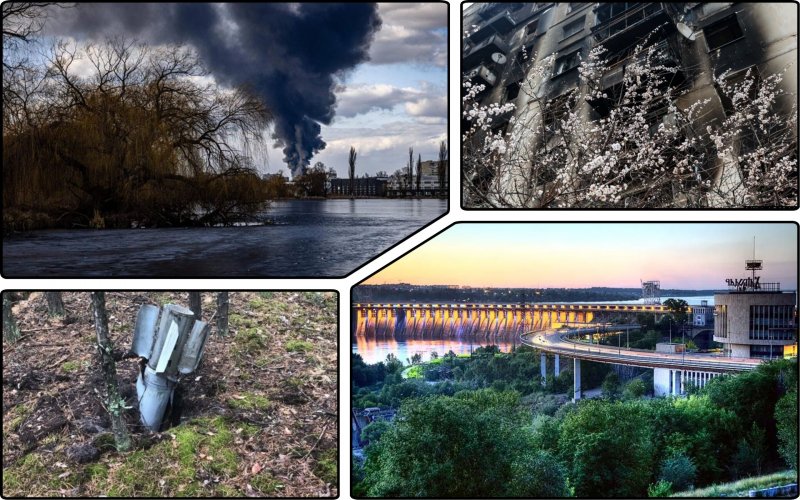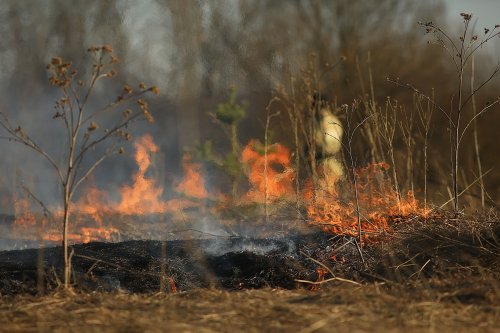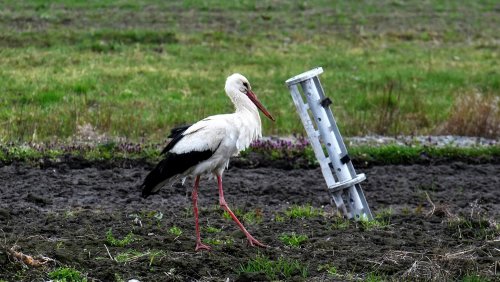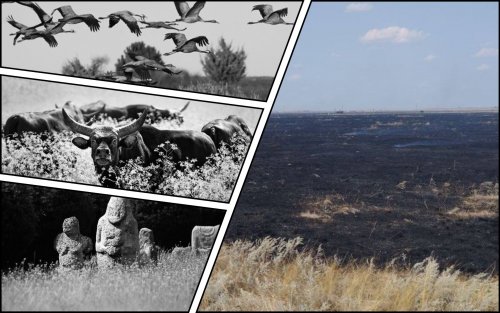In the Zaporizhzhia region, losses from Russian aggression since the beginning of the full-scale invasion reached almost 12 billion hryvnias, as of July 2023.
About it in the interview First Zaporizhia said acting Oleg Bigdan, head of the State Environmental Inspection of the Southern District (Zaporizhia and Kherson Regions).
He emphasized that active hostilities have a serious impact on the environment. After all, explosions, emissions of toxic substances, fires and other dangerous events lead to air, water and soil pollution.
"When a projectile hits the ground, dangerous substances can be dispersed, which can enter the soil and water. As a result of the impacts, fires occur, both in infrastructure and in ecosystems. This can lead to serious environmental pollution," Bigdan said.
He added that there is also a problem with the disposal of military equipment and weapons. After all, it can be illegally buried, which will lead to further pollution of the environment.
"The ecosystem cannot be divided into separate elements, the influence goes to everything," emphasized Bigdan.
Earlier, EcoPolitic wrote, that on the occupied coast of the Sea of Azov in the Zaporizhzhia region, on the territory of the landscape reserve "Kosa Fedotova" masses of dolphins are dying.
As EcoPolitic previously reported, in the occupied Melitopol of the Zaporizhzhia region, the Molochnaya River rivulet silted up, its waters became white, were covered with white foam and acquired a sharp unpleasant smell. The probable cause of this pollution was a sewerage break and sewage entering the river, but the occupiers are doing nothing.





